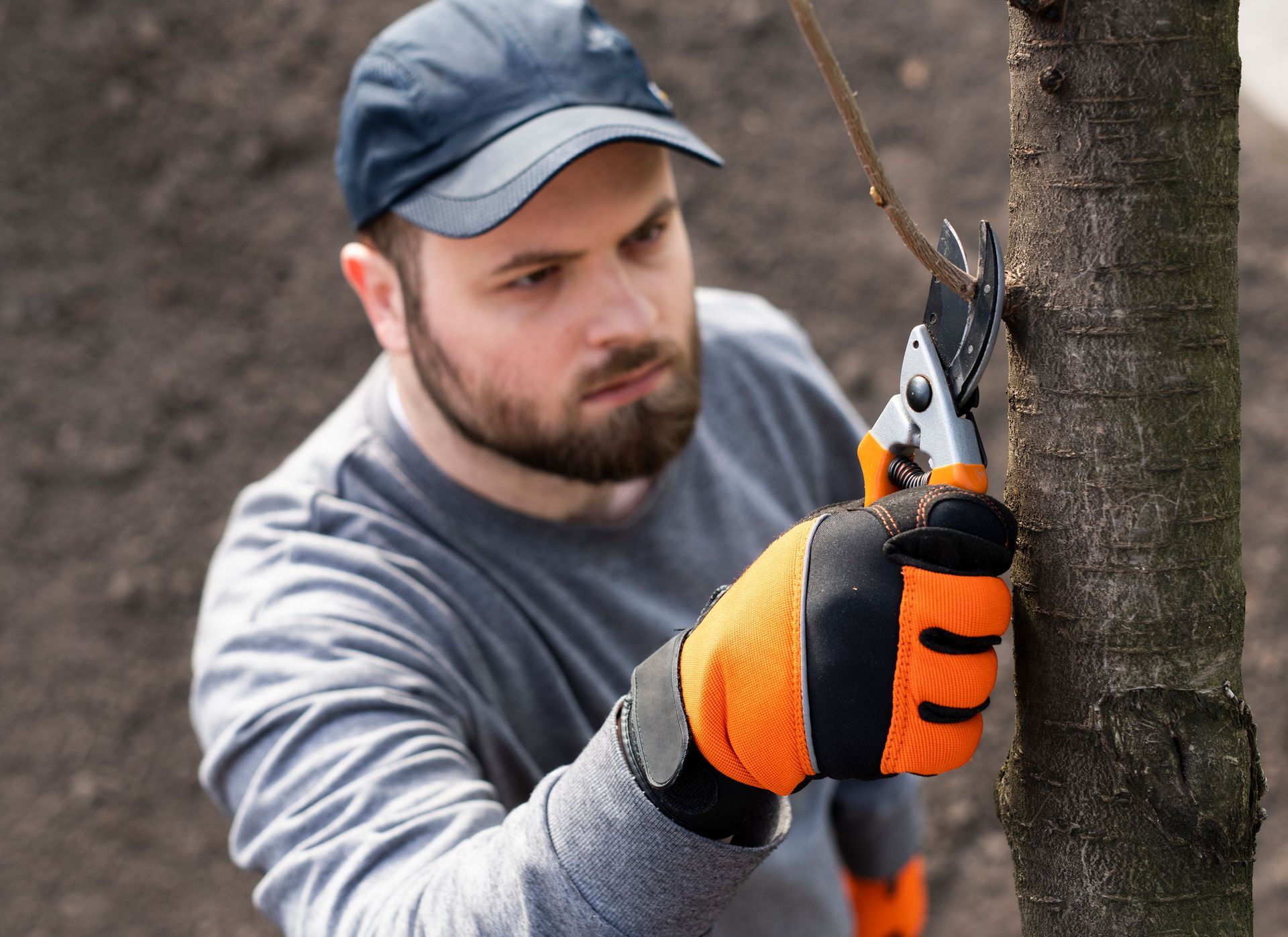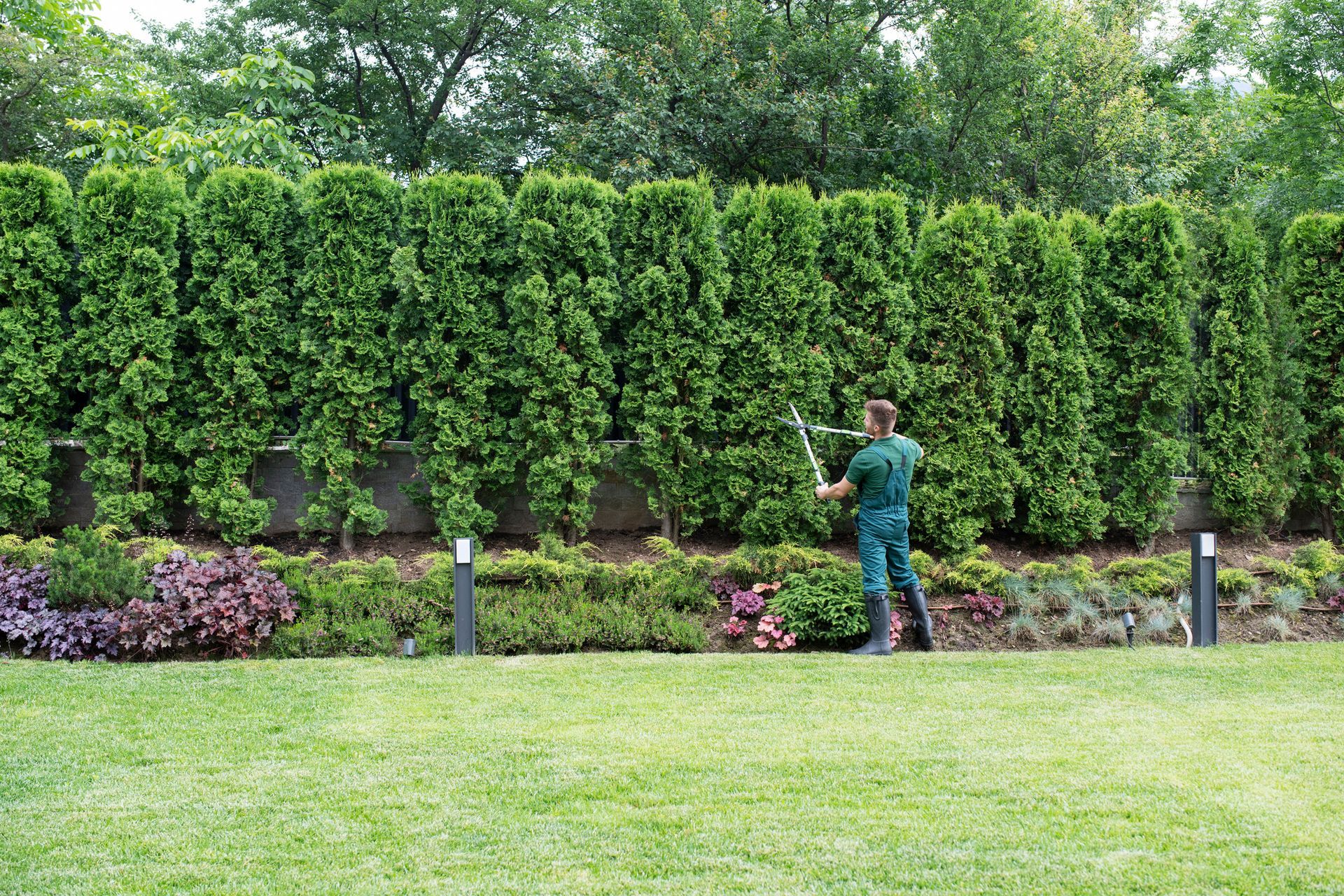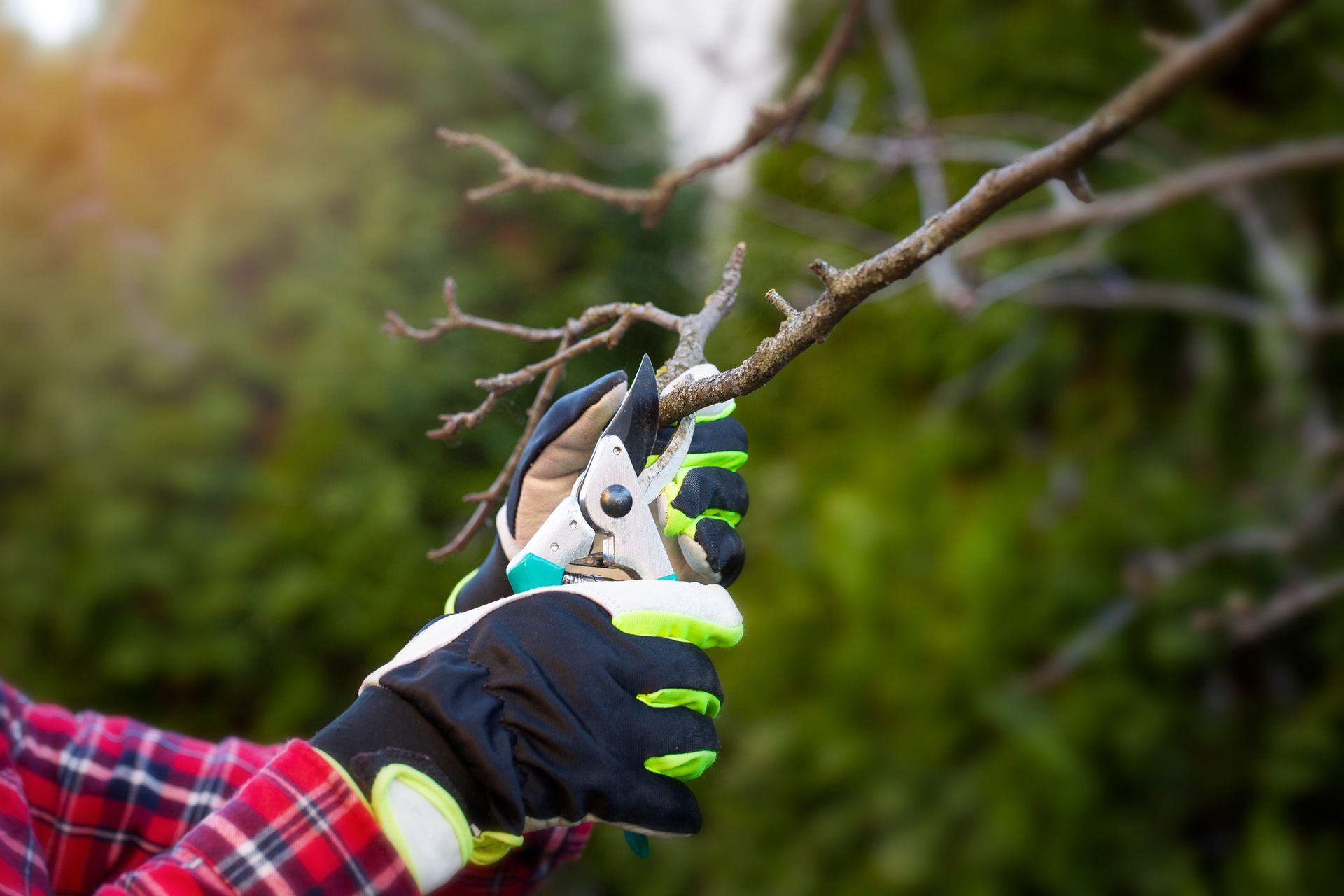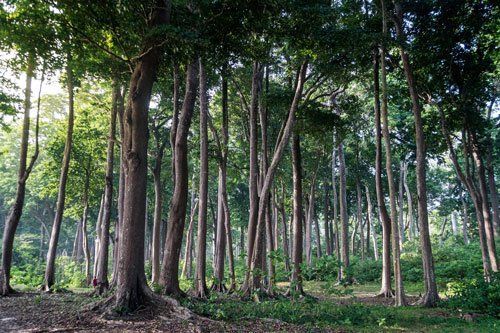Replace Unwanted Trees With These Small California Natives
When property owners with small lots remove their unwanted trees, they need replacement trees that won't take over the yard. Try these native California trees that grow to manageable heights in the San Diego landscape.
California Juniper (Juniperus californica)
Do you need an evergreen tree that screens your property from the road or neighbors? Do you worry about accidentally planting a border tree that grows too massive? The California juniper is a great choice for you. Also called desert white cedar and sweetberry cedar, the California juniper is a large shrub that only grows between 10 and 15 feet in height.
California junipers have a broad, spreading habit that make them excellent screening plants. The foliage is scale-like, with blue, berry-like cones that turn from blue to brownish-red in autumn. California junipers are considered excellent ornamental trees due to their lovely blue hues and contrasting reddish berries.
California junipers are also good plants for erosion control and water conservation, and the plants are both heat- and drought-tolerant. California junipers also attract wildlife, including butterflies.
Pacific Dogwood (Cornus nuttallii)
The Pacific dogwood tree is a deciduous tree that grows up to 66 feet in height. However, most specimens only reach heights between 15 and 40 feet. Unlike the evergreen California juniper, which retains its foliage year-round, deciduous trees like the Pacific dogwood lose their foliage before winter and leaf out again when spring arrives.
The Pacific dogwood adds interest to your property in spring and autumn. In spring and sometimes again in autumn, creamy white, green-tinged dogwood flowers measuring up to 3.9 inches in width bloom in tight clusters. Some blooms may have a slight purple cast.
In autumn, the fruits of the Pacific dogwood turn bright red and the foliage of the tree transitions to a brilliant reddish orange. Pacific dogwoods are easy to keep trimmed to a manageable size with the help of your tree service professionals.
Catalina Cherry (Prunus lyonii)
The Catalina cherry tree may also be called a hollyleaf cherry or island cherry. Catalina cherry trees are shrub-like, small trees that grow between 15 and 40 feet in height. Birds and butterflies are attracted to Catalina cherry trees and their sweet-scented flowers.
Catalina cherry trees are evergreen trees, so they retain their leaves throughout winter. The year-round foliage makes the Catalina cherry a wonderful hedge or screen plant on small properties. The trees are also relatively fast-growing, which makes them ideal small trees for spots where you want a faster fill-in of removed foliage.
In late spring, the Catalina cherry offers lacy flowers. In summer and fall, edible cherries ripen and provide food for birds and wildlife.
The Catalina cherry trees are drought-tolerant and don't mind rocky or sandy slopes. But be aware that the cherry juice can stain concrete. To avoid discolored outdoor areas, don't plant Catalina cherry trees where they'll grow over patios, walkways, or driveways.
Western Redbud (Cercis occidentalis)
When you need a small, showy, deciduous tree, choose the Western redbud that only reaches six to 20 feet tall and 10 to 15 feet wide. Western redbuds can handle most soil conditions and are drought-tolerant.
The Western redbud tree offers showy violet-pink blossoms in late winter and spring that attract hummingbirds and butterflies. In autumn, the bright green foliage of the Western redbud changes to shades of yellow and red for gorgeous fall landscape color.
The Western redbud is one of the first trees to bloom in spring, so it's a cheerful tree to nurture in the landscape. But remember that Western redbud trees do like a lot of sun. Plant the trees in an open area of the lawn or at the edge of a line of trees where the redbuds will receive ample sunlight.
Get your San Diego yard all cleared and ready for new trees this spring by contacting One Tripp Tree Service today. We professionally clear land, grind stumps, trim trees, and help you plant new trees on properties throughout the Greater San Diego, California region.










